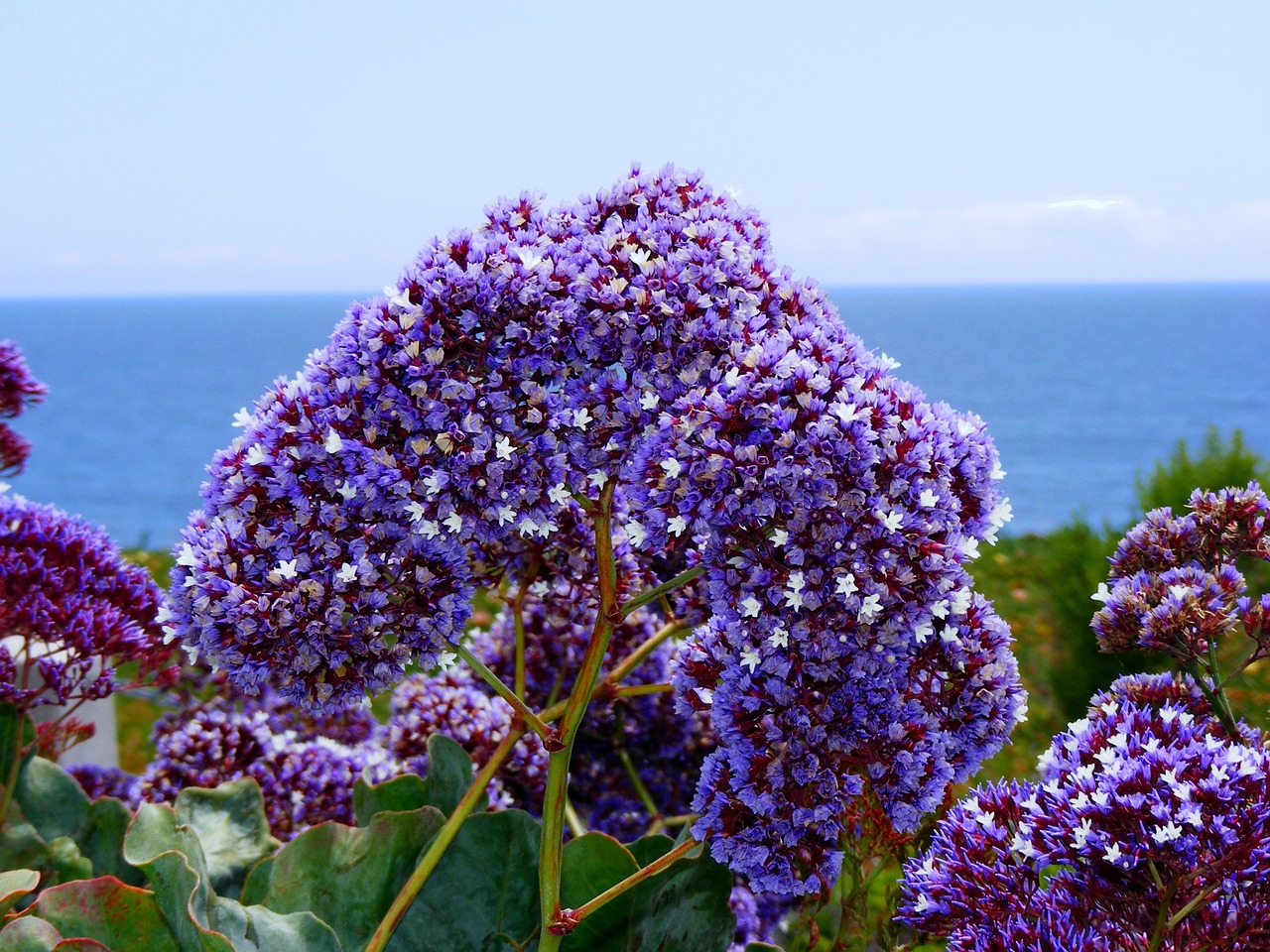
Statice and Planting: A Comprehensive Guide
If you’re a gardening enthusiast looking to add a splash of color and vibrancy to your outdoor space, statice (Limonium spp.) might just be the perfect choice. With its stunning flowers and easy-care nature, statice is a popular choice among both novice and experienced gardeners. In this article, we’ll delve into the world of statice and explore everything you need to know about planting, growing, and caring for this delightful perennial.
Table of Contents
- Introduction to Statice
- Choosing the Right Statice Varieties
- Selecting the Ideal Planting Location
- Soil Preparation and Planting
- Watering and Moisture Management
- Fertilization Tips for Healthy Growth
- Pruning and Deadheading Techniques
- Dealing with Common Pests and Diseases
- Propagation Methods
- Creative Uses for Statice in Floral Arrangements
- Extending the Blooming Season
- Overwintering and Protection
- Sharing Your Statice Success Story
- Frequently Asked Questions (FAQs)
Introduction to Statice
Statice, also known as sea lavender, is a genus of flowering plants that belong to the Plumbaginaceae family. Native to coastal regions, statice is admired for its vibrant and long-lasting flowers that come in an array of colors, including purple, pink, white, and blue. These hardy perennials not only add beauty to gardens but also attract pollinators, making them a valuable addition to any landscape.
Choosing the Right Statice Varieties
When it comes to selecting statice varieties, you’ll be spoiled for choice. Some popular options include:
1. Limonium sinuatum
2. Limonium perezii
3. Limonium latifolium
Each variety has its own unique characteristics, so take time to research and choose the one that best suits your preferences and growing conditions.
Selecting the Ideal Planting Location
Statice thrives in full sun, making it essential to choose a planting spot that receives at least 6-8 hours of direct sunlight daily. Ensure the area has well-draining soil to prevent waterlogging, which can be detrimental to the plant’s health.
Soil Preparation and Planting
Prepare the soil by incorporating organic matter to improve its texture and fertility. Statice prefers slightly alkaline soil with a pH of around 7.0. Plant the statice seedlings or seeds according to the recommended spacing, usually around 12-18 inches apart.
Watering and Moisture Management
While statice is drought-tolerant once established, proper watering is crucial during the initial growth phase. Water the plants regularly, allowing the soil to dry slightly between waterings. Avoid overwatering, as excessive moisture can lead to root rot.
Fertilization Tips for Healthy Growth
Feed your statice plants with a balanced, slow-release fertilizer during the growing season. Follow the package instructions for application rates. Fertilizing every 6-8 weeks will promote vigorous growth and abundant flowering.
Pruning and Deadheading Techniques
To encourage continuous blooming, promptly remove spent flowers by snipping them off at the base. Additionally, prune any yellowing or damaged leaves to maintain the plant’s overall health and appearance.
Dealing with Common Pests and Diseases
Statice is relatively pest and disease-resistant, but it’s essential to keep an eye out for potential issues such as aphids and powdery mildew. Treat affected plants with insecticidal soap or neem oil and ensure proper spacing for adequate airflow.
Propagation Methods
You can propagate statice through division or by collecting and planting seeds. Division should be done every few years to rejuvenate the plant and maintain its vitality.
Creative Uses for Statice in Floral Arrangements
Statice flowers are a popular choice for dried flower arrangements due to their papery texture and vibrant colors. They add a charming touch to wreaths, bouquets, and other decorative crafts.
Extending the Blooming Season
By deadheading spent flowers and providing adequate care, you can extend the blooming season of your statice plants and enjoy their beauty for an extended period.
Overwintering and Protection
In colder climates, providing a layer of mulch around the base of the plant can help protect it from harsh winter conditions. Consider bringing potted statice indoors or providing a protective covering.
Sharing Your Statice Success Story
Share your statice gardening journey with fellow enthusiasts through social media, gardening forums, or local gardening clubs. Your experiences and insights can inspire and guide others in their statice-growing endeavors.
Conclusion
Incorporating statice into your garden can bring a touch of coastal charm and vibrant hues to your outdoor space. With its resilience, low maintenance requirements, and stunning flowers, statice is a wonderful choice for gardeners of all levels. Whether you’re looking to create captivating floral arrangements or enhance the visual appeal of your landscape, statice is sure to captivate your senses and bring joy throughout the seasons.
Frequently Asked Questions (FAQs)
- Q: Can I grow statice indoors?
A: While statice is best suited for outdoor cultivation, you can try growing it indoors in a sunny location. - Q: How often should I water my statice plants?
A: Water your statice plants when the top inch of soil feels dry to the touch. - Q: Are statice flowers edible?
A: While statice flowers are not typically consumed, they are safe and non-toxic. - Q: Can I use statice in fresh flower arrangements?
A: Yes, statice can be used in fresh flower arrangements, but it’s especially prized for its longevity in dried arrangements. - Q: Do statice flowers attract bees?
A: Yes, statice flowers are known to attract bees and other pollinators to your garden.